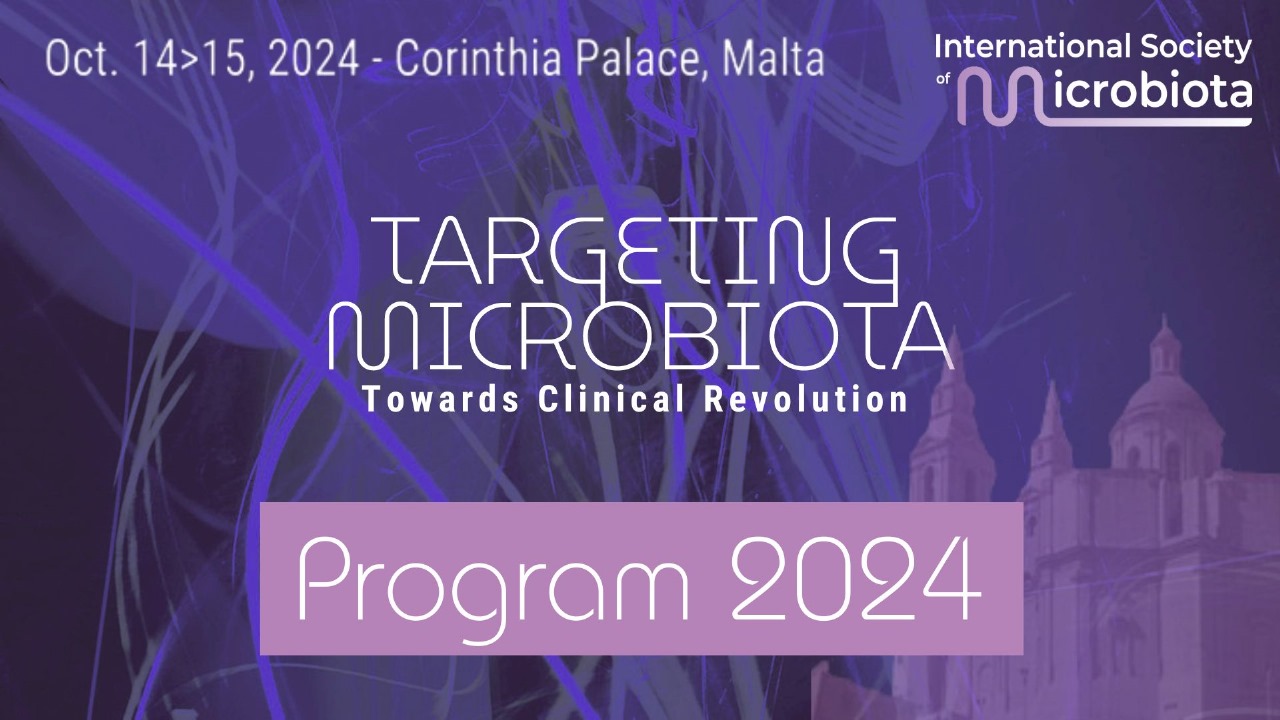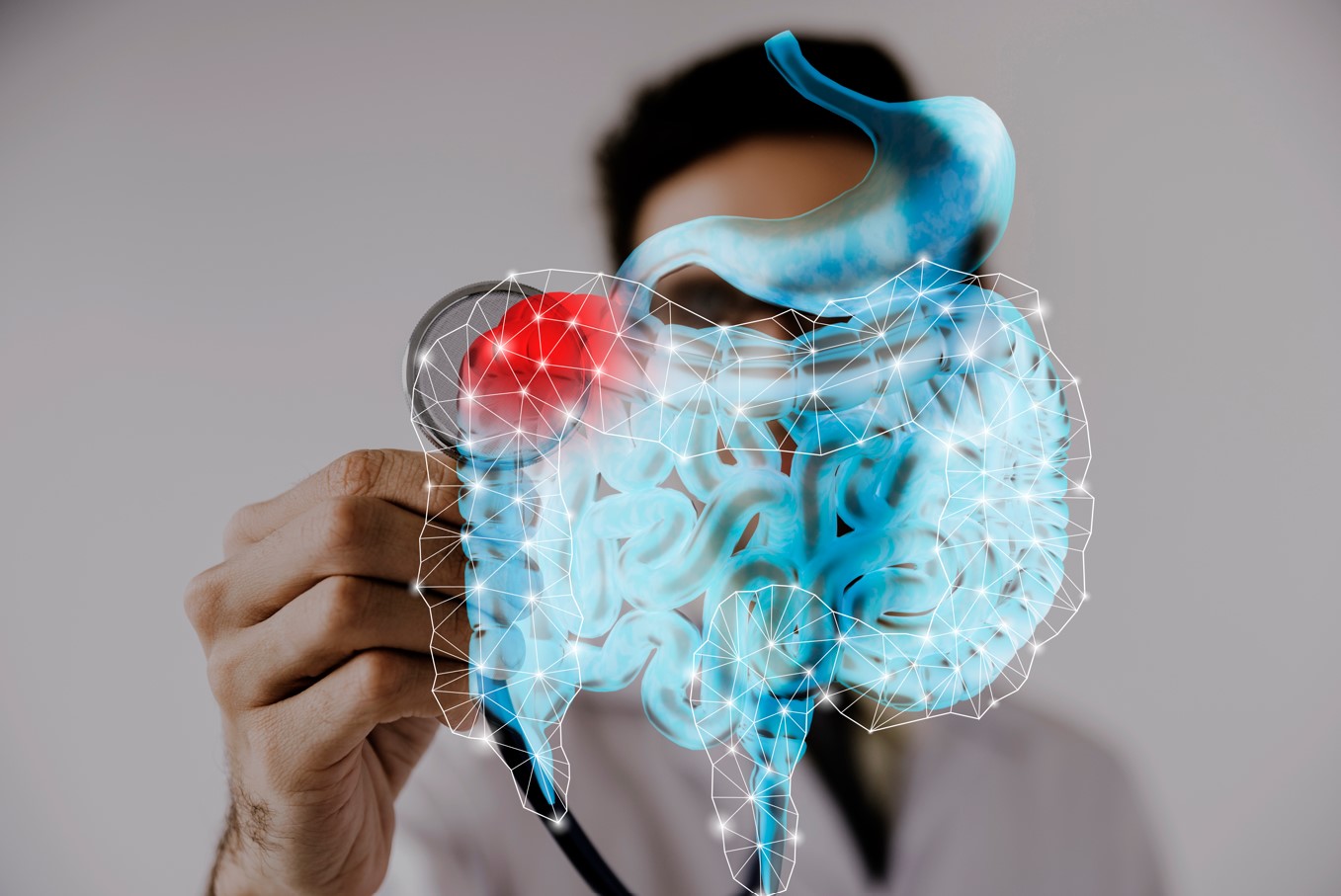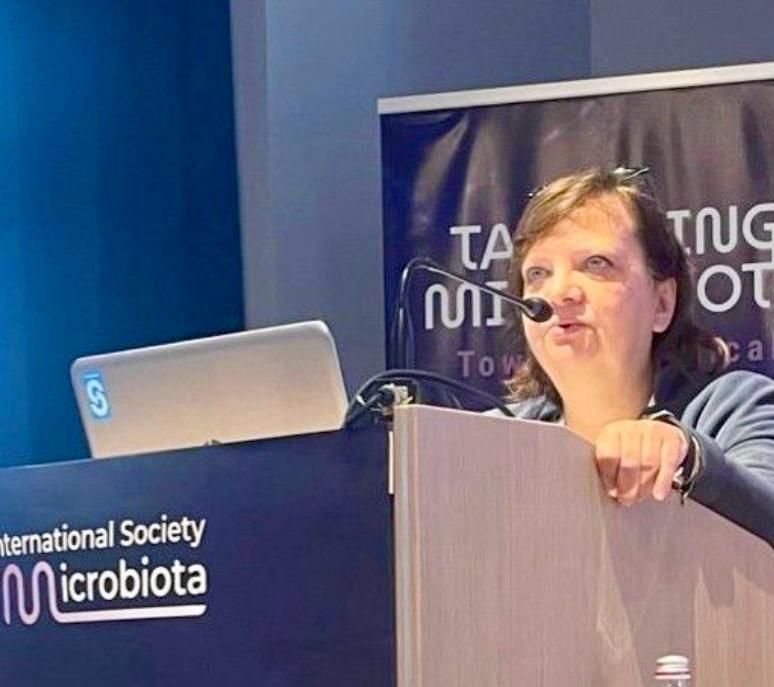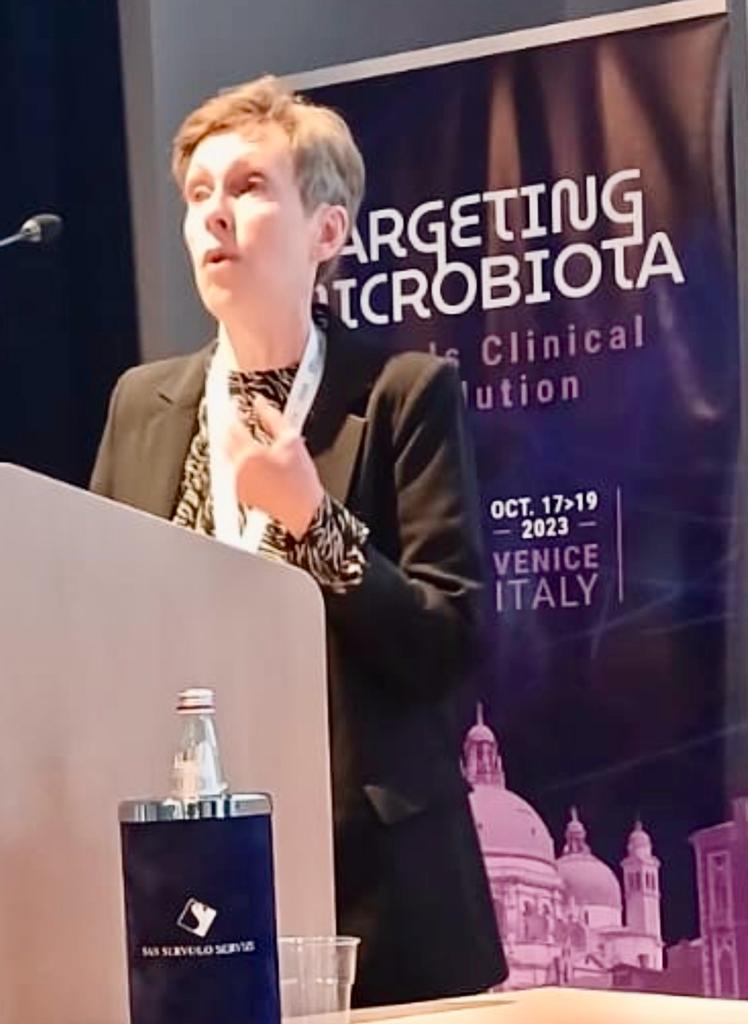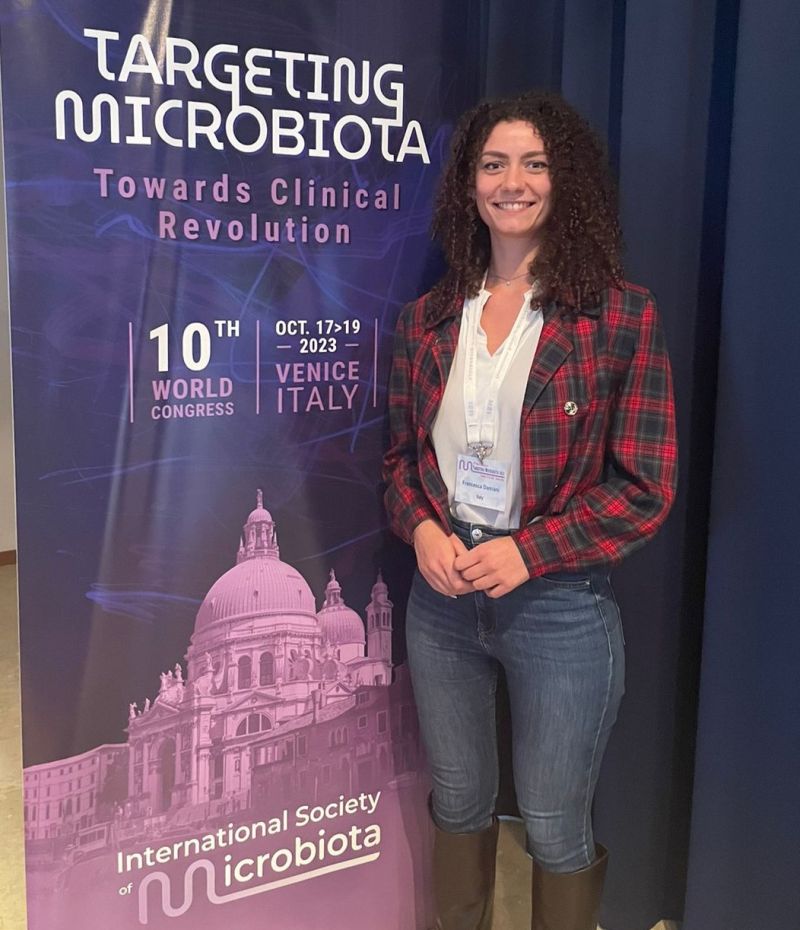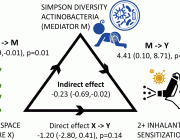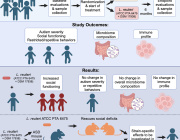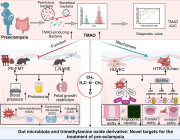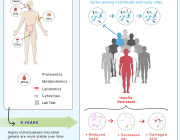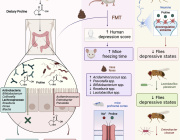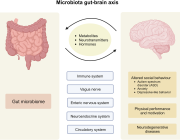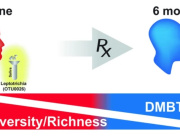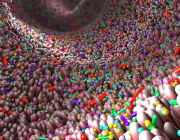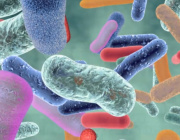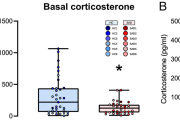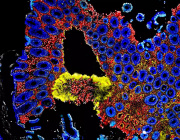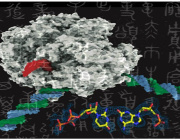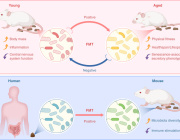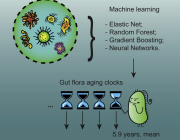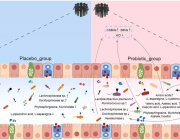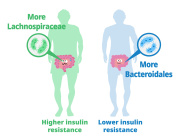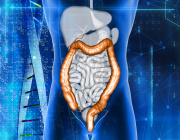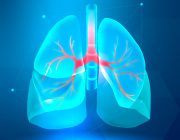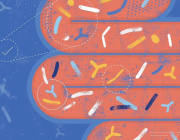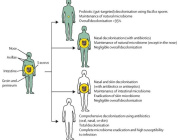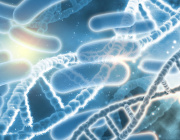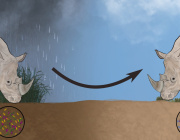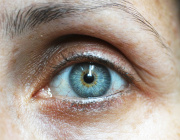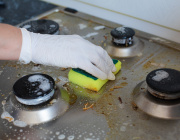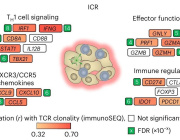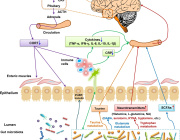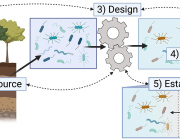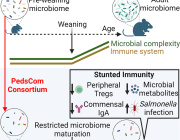Microbiota and Interactions with Gut and the Enteric Nervous System
 Prof. Karl-Herbert Schäfer from Kaiserlautern University of Applied Sciences, Germany will join the Targeting Microbiota 2023 congress to talk about: "Microbiota and Interactions with Gut and the Enteric Nervous System".
Prof. Karl-Herbert Schäfer from Kaiserlautern University of Applied Sciences, Germany will join the Targeting Microbiota 2023 congress to talk about: "Microbiota and Interactions with Gut and the Enteric Nervous System".
The gut contains billions of bacteria, that have long been neglected, and which have been seen, at best, as potential trouble makers in cases of diseases. During the last decades, the view of the enteric microbiome changed a lot. It is known now that it is influencing the quality of the gut barrier, producing legions of metabolites that influence both gut and enteric nervous system, changing i.e. gut motility or the inflammatory status of the gut wall.
Bacterial lipopolysaccharides might immediately impact i.e. the proliferation of neural stem cells within the ENS, or influence their differentiation. Bacteria can produce neurotransmitters such as GABA and serotonin, along with short chain fatty acids (SCFA) such as butyrate. Extracellular vesicles, produced by the bacteria, can carry this molecules along the mucosal barrier and might influence directly the activity of the ENS and thus the whole gut. Moreover, bacteria can produce Amyloid-like Protein Fibrils (ALFs) such as curli, which might initiate pathological processes in neurodegenerative diseases.
The impact of individual bacterial strains or LPS as a major molecule provided by gram negative bacteria upon gut and ENS has been investigated by Prof. Schäfer and his colleagues using primary cultures of the isolated myenteric plexus, analysing its growth or electrical responses after “bacterial” stimulation. Whole gut segments have been used in organ bath approaches to investigate alterations of gut motility when being perfused with bacteria or bacterial supernatants.
Join Targeting Microbiota 2023 to learn more about Prof. Schäfer's research and obtained data.
Targeting Microbiota 2023 Congress
October 17-19, 2023 - Venice
Linkedin | Facebook | Website









